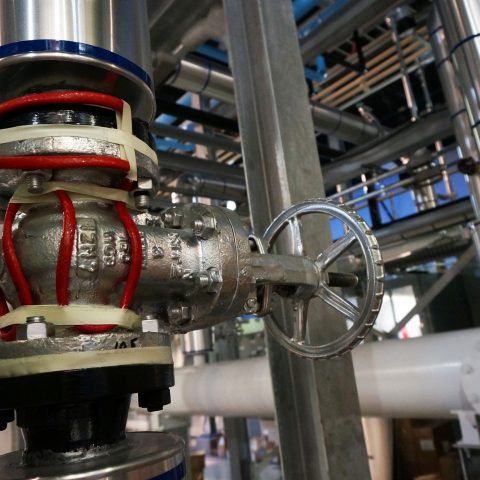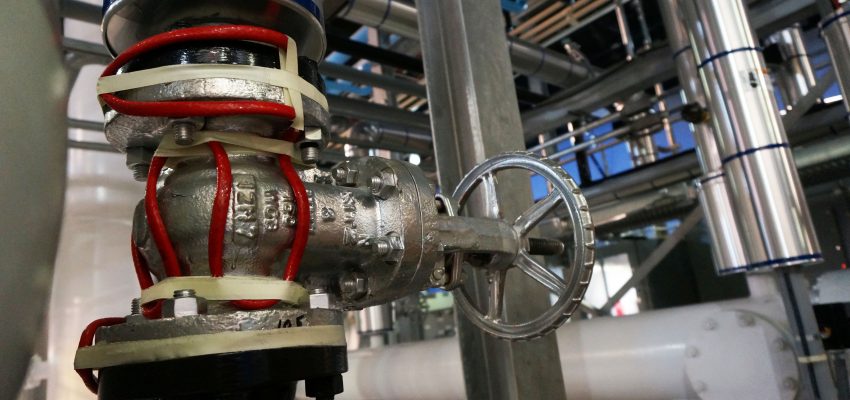Winter weather is, in a word, unpredictable – which can be tough for business owners. It’s important to plan ahead and try to minimize risk by implementing freeze and snow protection.
Let’s look at common winter safety and liability concerns for businesses and some tips on how to minimize disruptions this year.
Slips, Falls and Tripping Hazards
While snowfall can paint a pretty winterscape, it also comes with a myriad of slipping hazards. Snow and ice buildup on pathways around your building can contribute to slips and falls, especially if employees are not wearing the right footwear.
According to the Insurance Information Institute, 29% of worker compensation claims are due to trips and falls. If you aren’t prepared to shovel ramps, stairs and pathway every morning, then heated surfaces can be a highly effective way to reduce slip, trip and fall hazards during colder months.
Frozen Pipes Can Halt Operations
When pipes freeze, the intense pressure build up can often cause bursts. Even just one pipe bursting can have devastating effects on operations, ranging from property and water damage to more serious structural concerns.
In order to catch frozen pipes before they wreak havoc, a few different preventative measures should be taken:
- Inspect your building for any possible openings that need to be resealed before they leave pipes vulnerable when temperatures dip below freezing
- Have an emergency plan in place in case a winter storm knocks out power in your building
- Enable early detection of problems with a heat tracing or leak detection system
Winter storms are the third costliest natural disasters, accounting for millions of dollars in losses each year. With record-breaking winter storms like the Polar Vortex becoming more common, it’s important to protect yourself and your business.
Structural Damage Caused by Snow Load
It only takes a few inches of snow to make a building unsafe. A roof can handle about four feet of fresh snow, but older snow weighs more and poses a significant, dangerous threat to a structure. One inch of ice on a roof is equal to one foot of fresh snow.
To determine how much weight your roof can handle, you will need to consider:
- The age of your building. Structures built prior to the 1980’s have a higher risk of roof collapse.
- The snow – is it fresh, or has it been sitting on the roof for a few days?
- Ice buildup – has some of that fresh snow fall melted into ice on your roof?
- Your location. Different regions have been known to produce different types of snow.
If you are the owner of a building, you also could be found legally responsible should a roof collapse due to snow buildup. A court case in Canada recently found a landlord responsible for the collapsed roof at his property, a warehouse that caved in due to snow overload and caused significant damage for the business.
What are my Options for Freeze and Snow Protection?
The first thing you must do during winter months is be aware of the danger. It’s important to take preventative measures before winter weather hits, not after.
Become familiar with the warning signs of snow load, and ice buildup. Walk through your facility and try to identify areas that could be at risk.
You also might consider a long-term solution that will make these yearly worries a thing of the past. A self-regulating system is an energy-efficient option that can offer freeze protection for roofs, pipes and surfaces.
To learn more about our freeze protection option for all buildings, download our Winter eBook today. Or connect with a RAYCHEM winter expert directly.



